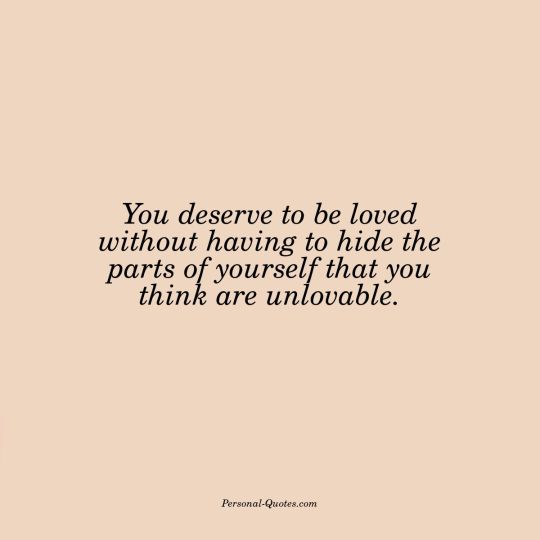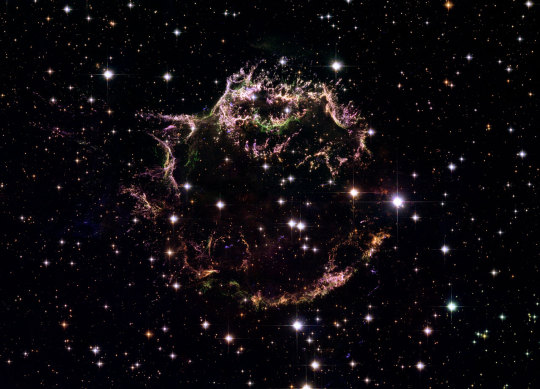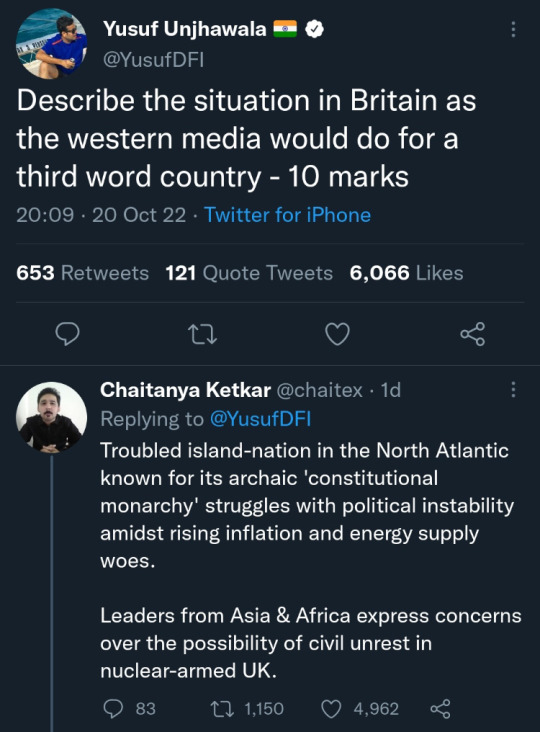Where I can nerd out. Which is to say where I can love with abundance.
Don't wanna be here? Send us removal request.
Text


Centuripe, province in Enna, Sicily, Italy
81K notes
·
View notes
Text



Heartwood
Deeper than the bones
Children are growing into.
Keeping time locked
in it’s eternal remembrance.
Those loving flames disassemble all the toys of the forest.
Sentinels remain.
Ain’t leaking sap no mo
I gave what I had
Grew to find what I did not,
And here I am years later
Still standing
📍Sedona, Arizona - USA
#photography#naturist#wooden#desert#tree of life#heartwood#poemsbyme#poetry#writerscorner#daily writing challenge
1 note
·
View note
Text


Peace is a supple thing.
1 note
·
View note
Text
Storytelling is meant to be enjoyable first and foremost so have fun with it
I want everyone’s best one liner writing advise!
Mine is that you have to know the ending of your story before you start it.
3K notes
·
View notes
Text
Tension vs. Conflict: What’s the Difference?
Good morning everyone! It’s my birthday today and because it’s my birthday I thought I’d post today (that’s kind of an obscure reference to Star Wars Guy and his girlfriend lol)!
Conflict and tension in literature help build drama and keep readers engaged through the end of the book. Learning the distinctions between conflict and tension will help elevate your writing and make your storylines more engaging.
What Is Tension in Writing?
Tension in a literary context is the sense that something ominous is right around the corner. Building a large amount of tension as a writer keeps your readers engaged up until the end of the story. Mystery novels are full of tension and foreboding, and they generally feature tense scenes from beginning to end. Working within the genre of mystery writing is a great way to learn how to layer tension into your narrative arc. Good use of tension makes a story worth reading and keeps readers guessing.
3 Tips for Using Tension in Your Writing
Learning to build tension is no easy task. Even the most seasoned professional writers have trouble maintaining tension from beginning to end. Here are a few tips for using tension successfully in your writing:
Foreshadowing: An important part of building tension is using foreshadowing to build dramatic tension and keep readers on the edges of their seats. In Harry Potter, author J.K. Rowling uses flashbacks and backstory to foreshadow the eventual major conflict that will unfold between Harry Potter and the villainous Voldemort.
Inner conflict: Sometimes inner conflict and self-doubt can be layered in through character development and used to build levels of tension. In William Shakespeare’s Hamlet, the main character wants to avenge his father’s death but is beset by self-doubt, paralyzing indecision, and mental strain. As an audience, there is a sense of tension in every scene as we wait to see if Hamlet will act on his inner desire for retribution or remain stuck in a place of indecision.
A time limit: One great way to build tension in your story is to place a time limit on an action your character has to undertake. By adding the element of a ticking clock, you build tension and increase stakes. This is a common technique used in thriller novels and films as well as action and adventure stories.
What Are the Differences Between Conflict and Tension?
While tension simmers under the surface, conflict is generally out in the open—it's tension realized. Tension might be present an unspoken rivalry between the protagonist and antagonist or in the audience’s awareness of an impending disaster.
Conflict, on the other hand, involves an active clash; maybe the protagonist and the antagonist engage in a firefight or a heated debate, or maybe a character fights off a pack of animals or works to prevent climate catastrophe. Even if the conflict is interior—a character battling low self-worth, perhaps—it still involves opposing forces struggling for supremacy.
What Is Conflict in Writing?
Conflict can come in many forms. Conflict in a story can be a physical fistfight or a passive-aggressive war of words. All that is required for conflict is a manifestation of disagreement or incompatibility between a character and something else. Characters can be in conflict with other characters, with natural forces, or with society at large.
Another type of conflict is internal conflict. Conflict is one of the fundamental principles of narrative and creative writing. In order to write a story worth reading, you need characters whose point of view is in some way challenged and to whom bad things happen. Without conflict, you won’t have a narrative or any meaningful character arc.
4 Types of Conflict and Tips for Using Them in Your Writing
The kind of conflict you use depends on what your plot and subplots are centered around and what your main character wants and needs. New plot points generally introduce conflict or advance existing conflict. Here are some types of conflict to employ in your writing and a few tips about when and how you migh
Person vs. self: An internal conflict is a kind of conflict that only manifests within a character’s head. Though we may see this conflict dramatized through narration or dialogue, or play out in the protagonist’s actions, it is an internal struggle within a character.
Person vs. person: The simplest and most common form of external conflict is when two characters are in conflict with each other. The first stories we are told as kids generally have a clear good guy and bad guy. These stories are early introductions to person vs. person conflict. Person vs. person conflicts are very common, and it’s rare to find a narrative without an interpersonal conflict present at some point in the story.
Person vs. nature: Conflict between a person and forces of nature is a good example of external struggle that can raise the stakes in a story. Some notable stories that included conflict between a person and a natural force include The Old Man and The Sea by Ernest Hemingway and Robinson Crusoe by Daniel Defoe. Consider using person vs. nature conflict if you’re interested in writing a story with one main character and few, if any, supporting characters.
Person vs. society: Conflict between a person and society at large is a type of conflict often found in science fiction. Some notable examples of this type of conflict are found in The Handmaid’s Tale and The Hunger Games series. In The Hunger Games, Katniss Everdeen finds herself contending with a dystopian and oppressive United States government that pits citizen against citizen in order to keep dissent down and quell rebellion. If you’re interested in science fiction or narratives about social justice, you might want to consider exploring conflicts that pit an individual character against society at large.
2K notes
·
View notes
Text
writing tip #3092:
if you think about anything too hard it stops making sense, so try to limit the amount of thinking you do to the absolute minimum
475 notes
·
View notes
Text
one thing i love about some writers is how it seems like they are made of stories.
I'm talking about those writers that, when asked why they write, they tell you how they have all this ideas and thoughts and questions and characters that they just have to put down and maybe share with others. As in they are a dam that is about to burst with ink and words and prose.
and you can see how those stories are literally parts of them, you can find traits and little information -like easter eggs- in their lines. Because they are the authors but also at the same time part of the narrative.
And, as someone who does not belong to that group, as someone whose words and stories are tools I've created to reach out and to create little capsules of time for people to get lost in, the fact that some of you are literal universes of fiction and magic is incredibly beautiful.
2K notes
·
View notes
Text
Epithets aren't all evil
Here me out. I think there is a place for epithets in novel writing.
For those unfamiliar, epithets are when a person or thing is referred to by a quality they have, rather than their name or pronoun.
Examples:
"The older brother frowned, but the younger one laughed," versus, "James frowned, but Liam laughed."
"The red-haired girl sang," versus, "Annie sang."
"The King knelt before the peasant boy," versus, "King Kai knelt before him."
The problem most people have is that epithets rarely add anything to a story and they draw attention to themselves. And you should really only be drawing attention to important details, otherwise the writing starts to feel cheesy.
People tend to use epithets in one of two scenarios. Either we don't yet know the character's name (which is a valid and practical excuse), or the writer worries they've said the character's name too much and decides to switch things up (this is where the cringe happens. it's really common in fanfic).
However, I would like to argue for a third use of epithets -- a second acceptable use of epithets -- that everyone seems to forget. Because, when used in this manner, epithets are poetically delicious.
Consider, for instance, my favourite quote from Crime and Punishment:
“The candle-end was flickering out in the battered candlestick, dimly lighting up in the poverty stricken room the murderer and the harlot who had so strangely been reading together the eternal book.”
We know these character's names (and the name of the book). But changing this line to:
“The candle-end was flickering out in the battered candlestick, dimly lighting up in the poverty stricken room Raskolnikov and Sonja who had so strangely been reading together the Bible.”
it loses something, doesn't it?
Here, the three epithets are giving us symbolic context. Raskolnikov and Sonja reading the Bible is not a particularly important detail. But a murderer and a sex worker (two "sinners") reading the book of salvation together? That's some poetry, right there.
The epithets bring out the juxtaposition (contrast) that otherwise would not be evident and, in doing so, call attention to one of the book's central themes -- redemption.
The placement of this sentence is also worth noting. It is the last sentence of the chapter. Another issue people sometimes take with epithets is that they increase the narrative distance between the reader and the character, making them less relatable. Placing the epithet right at the end makes the reader feel like they are zooming out on these characters or looking down on them from above (symbolic given we're talking about the Bible, eh?). This give us a chance to put some distance between us and the characters, to reflect on the book and it's themes as a whole, to come to our own conclusions rather than having our judgement skewed by proximity to the characters.
When I first read it, it felt like taking a breath.
In conclusion, please
use epithets to show symbolic connections between characters, events, and objects.
use epithets sparingly, but use them for emphasis.
use epithets at moments where where it feels natural to increase the narrative distance, such as scene breaks and the beginning and endings of chapters.
do not use epithets unless they add something -- don't use them as a substitute for character's name if that name is already known.
Epithets aren't all evil.
1K notes
·
View notes
Text
Look, most people don't go from hating their writing to loving it overnight. Learning how to accept it despite its flaws and coexisting with it even if it's not good is an important step in between.
6K notes
·
View notes
Text
!!!!!!!!‼️❕️‼️!!!!!! IT'S FINISHED!!!
Pulling from the "Afrofuturistic" vision of her hit album Dirty Computer, the short fiction collection features stories by Monáe and an array of "talented female and non-binary writers." The Memory Librarian will be published by Harper Voyager Books on April 19, 2022.
[...]
In the collection of stories, Monáe and the other writers build on the album's "Afrofuturistic world" by "exploring how different threads of liberation — queerness, race, gender plurality, and love — become tangled with future possibilities of memory and time in such a totalitarian landscape…and what the costs might be when trying to unravel and weave them into freedoms," according to the press release.

8K notes
·
View notes
Photo

Clarence River Floodplain, Northern NSW Australia [OC] 2587 x 3449 - Author: Stu_Murphy_Artist on Reddit
42K notes
·
View notes
Text
“It’s a most distressing affliction to have a sentimental heart and a skeptical mind.”
— Nagulb Mahfouz, Sugar Street
1K notes
·
View notes
Text
Came up with a great story idea. Can’t wait for my brain to make it so intricate in my head yet impossible to write out.
17K notes
·
View notes



